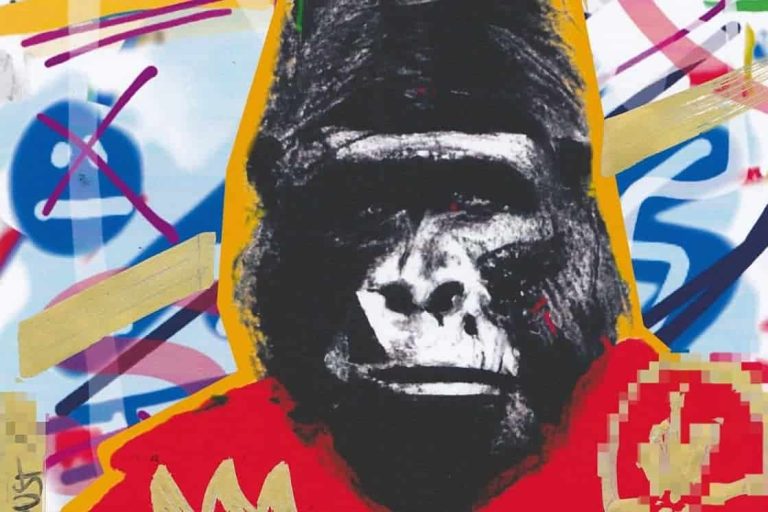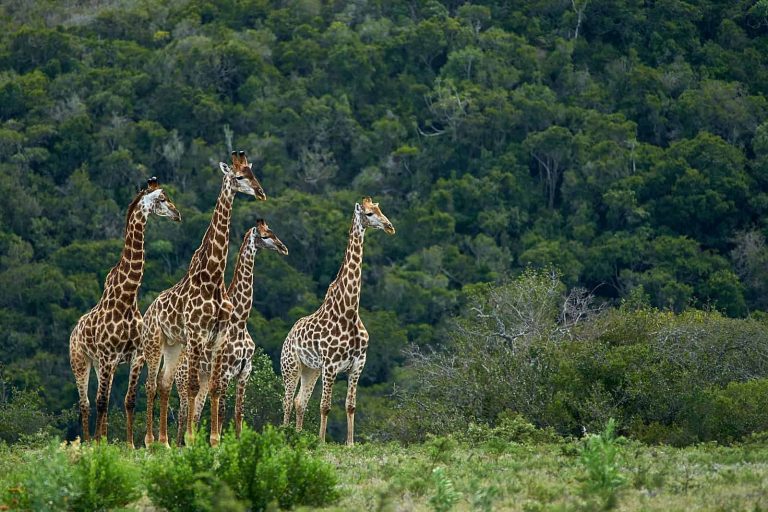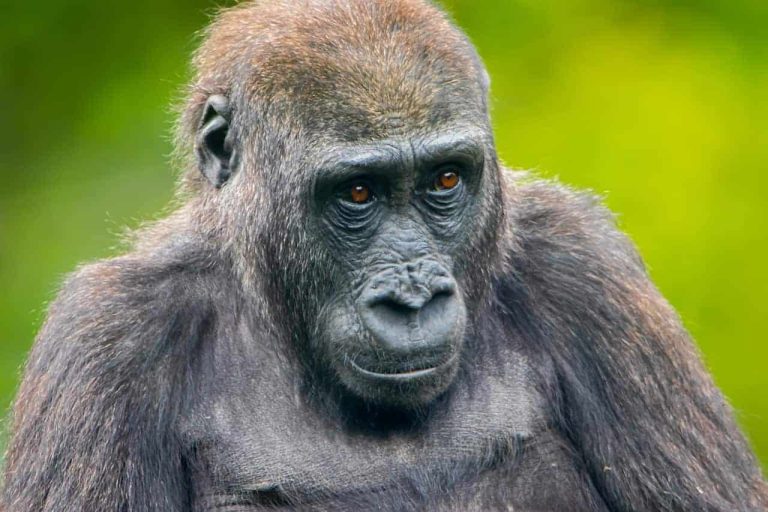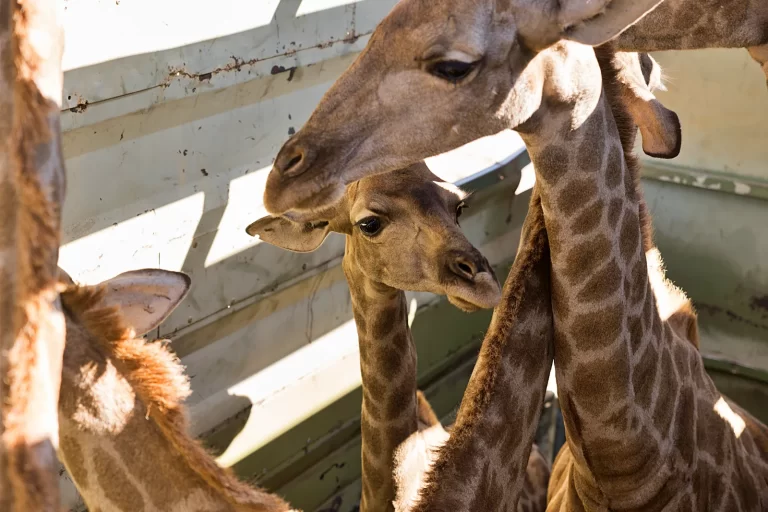Ecology of fear in a South African savanna
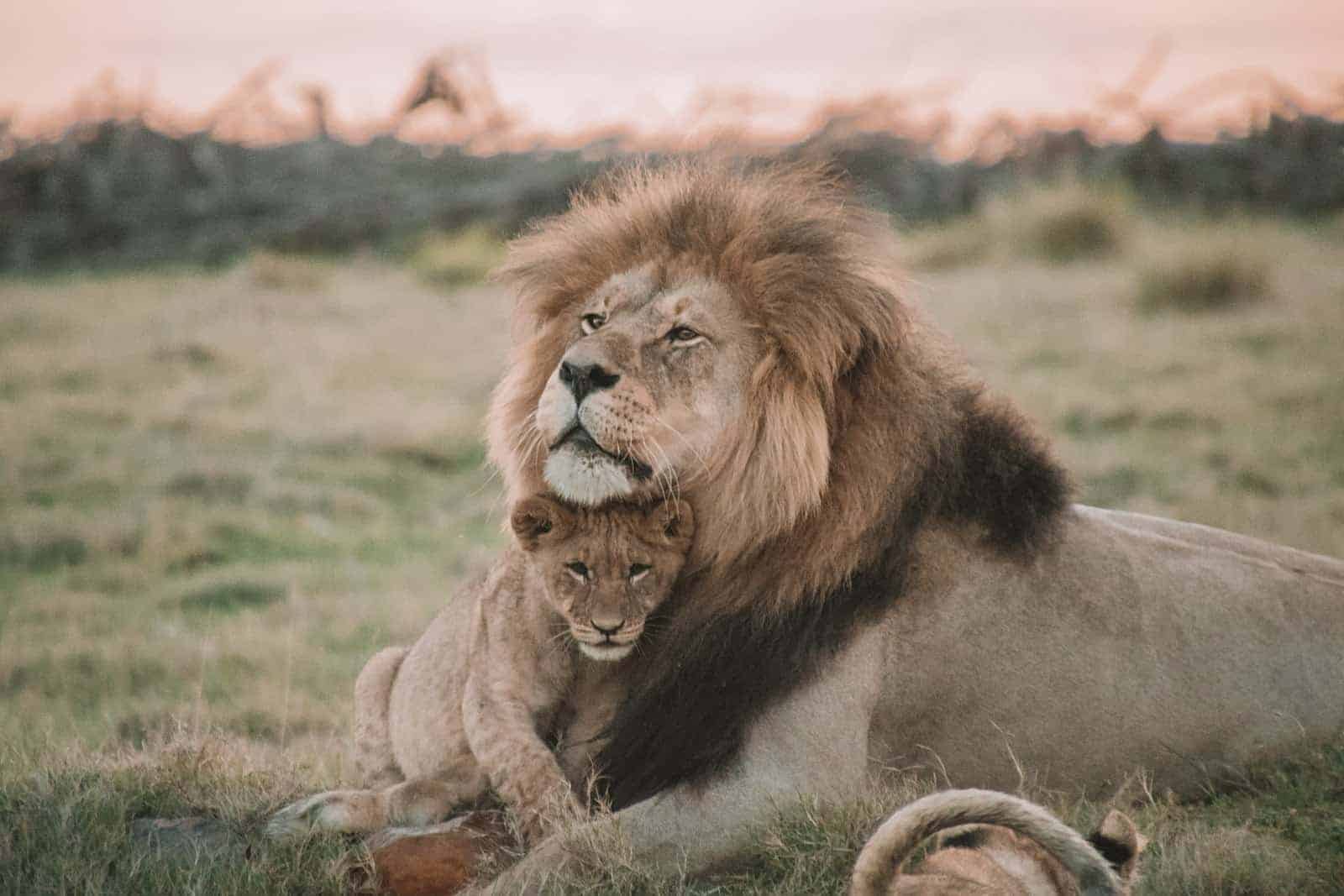
South African ungulates, or hooved mammals, react differently to different species of predators. Experiments by a research team have demonstrated that the behavioural responses of ungulates to large predators can shape ecosystem structure and function.
Most such studies have concentrated on the impacts of either just one large carnivore, or all as a whole, rather than the varied impacts that large carnivore species may have in intact multi-predator-prey ecosystems. Experimentally testing the behavioural responses of ungulates to different large carnivores is a necessary first step in understanding these likely differing impacts.
In the Greater Kruger National Park in South Africa, the research team examined the fearfulness that ungulates displayed in response to playbacks of lion, African wild dog, cheetah, or non-predator control (bird) vocalizations.
The researchers initially gathered audio recordings of lions, cheetahs, and African wild dogs as well as bird calls to use as a control treatment in order to examine ungulates’ reactions to various sounds. Instead of roaring, they used only short-range sounds like snarls and growls to imitate the proximity of a predator. Then, they used a speaker attached to a video trap to broadcast these scary sounds to wild animals. The speaker was activated to broadcast a predator sound when the camera sensed an animal moving in the area and began recording a video.
Ungulates reacted most fearfully to lions, then wild dogs, and last cheetahs, showing a highly distinct hierarchy of fear. Lion sounds caught the attention of ungulates the most. Notably, the patterns found were not predicted by the death rates (hunting success rates) of the prey species for each predator.
This “hierarchy of fear” is crucial, according to Liana Zanette, a wildlife ecologist at Western University in Canada and a coauthor of the study. Fear influences every element of a prey animal’s behaviour and can have a ripple impact on the environment.
These findings show that various large carnivores cause ungulate prey to exhibit varying degrees of anxiety, resulting in various community-level effects, which ultimately has an impact on vegetation development and landscape features – and potentially even climate. This shows the importance of halting the ongoing global decline and extinction of large carnivores.
Source: Behavioral Ecology
Photo: Brianna R./Unsplash

